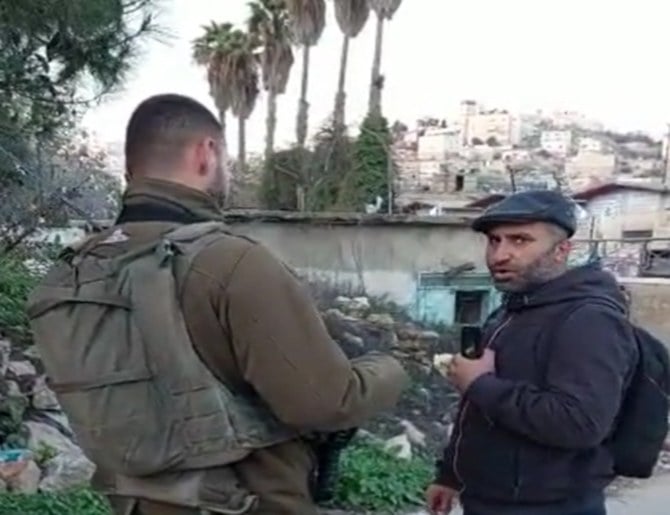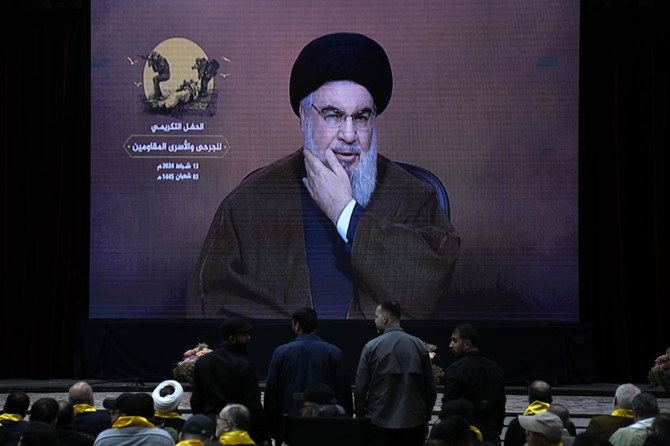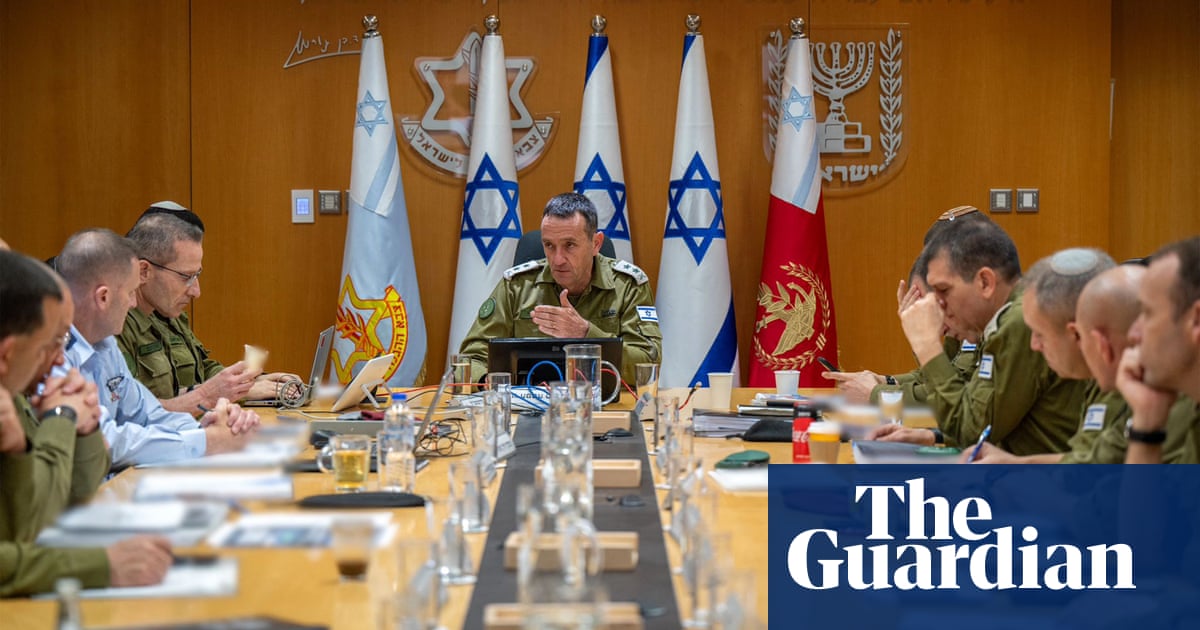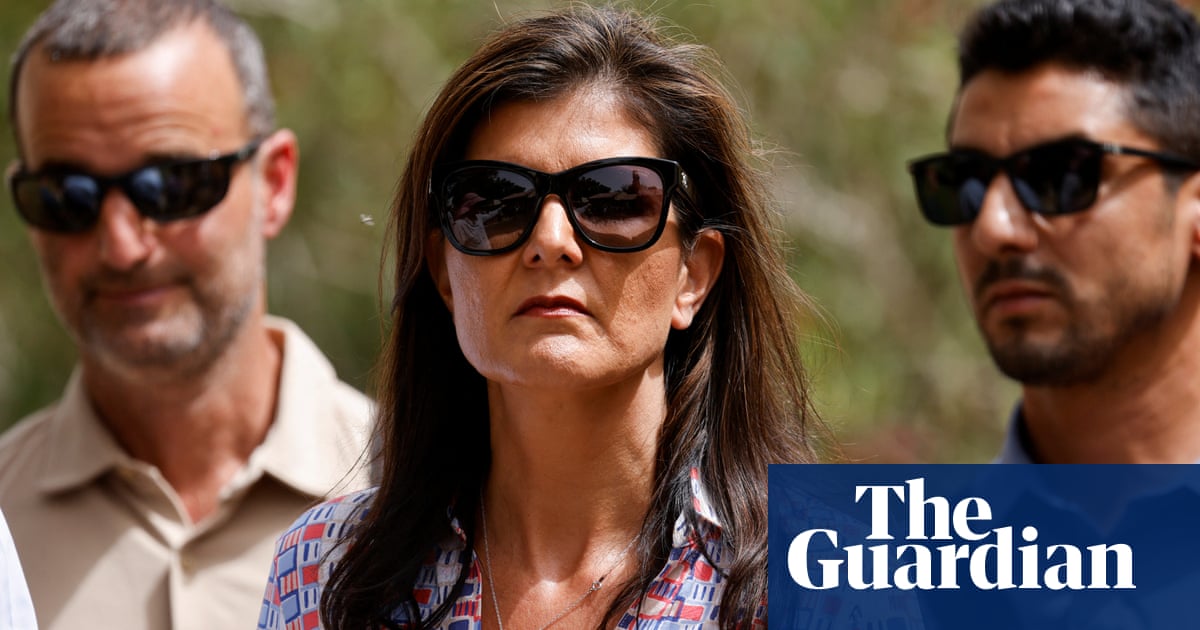
Unless Western journalists are willing to travel to the West Bank to cover Israel’s conflict with the Palestinians, they never seem to understand the depravity of its atrocities against civilians.
This week, Lawrence Wright, the Pulitzer Prize-winning staff writer for the prestigious New Yorker magazine and the author of several books, witnessed an atrocity that barely gained any coverage in the mainstream news media. Wright was interviewing Palestinian peace activist Issa Amro in Hebron on Monday, when Israeli soldiers surrounded Amro and one choked him, pushed him to the ground and beat him. Another soldier intervened and prevented more violence and greater injury.
Had Wright not been there to witness it — the writer acknowledged in a series of posts on Twitter, including a video of the incident — Amro might not have survived. Wright even went so far as to state that the Israel Defense Forces “misrepresented what led to this. The soldier initiated the encounter, Amro did not curse him only asked to call his commander. Nothing to justify the violent assault that followed.”
Amro posted his own statement regarding the IDF assault, saying: “I was detained and beaten violently by an Israeli soldier in Hebron. I was showing the famous American writer Lawrence Wright the Israeli occupation and apartheid in my home town.”
The soldier who attacked the nonviolent Amro was suspended and ordered detained for 10 days — an unusual response that was probably more down to the fact a high-profile journalist witnessed the assault than Israel’s desire to treat all violence the same.
Despite the clear-cut nature of the case, the mainstream Western media barely reported the incident
Ray Hanania
The IDF characterized the confrontation in the lamest possible way, saying: “The investigation found that a violent confrontation erupted between a Palestinian and an IDF soldier in Hebron, during which the soldier beat the Palestinian.” The statement did not condemn the soldier and implied that the “violent confrontation” was mutual. The soldiers insisted, but Wright denied, that Amro had been screaming at the guilty soldier, provoking him.
It is Israeli practice to downplay any violence by its soldiers or armed settlers, except when they are caught red-handed and excuses and propaganda are not enough to block criticism. The IDF suggested that Amro provoked the violence, since he was told by the soldier not to proceed any further with his tour of Hebron, which is home to some of the worst of Israel’s settler fanatics.
Wright continued on Twitter: “I can’t stop thinking how dehumanizing the occupation is on the young soldiers charged with enforcing it.”
I have been to Hebron, the city where an Israeli-American doctor dressed in Israeli military uniform walked into the Ibrahimi Mosque on Feb. 25, 1994, and shot dead 29 Muslims and wounded 125 others while they prayed. I went to Hebron in 1995 as a part of a fact-finding mission for the Palestinian American Congress to evaluate Israeli violence against civilians. What I found was that the armed settlers were being protected by IDF soldiers and that many of the soldiers sympathized with the settlers who occupied Palestinian homes. Hebron was divided in half so that the Israeli settlers could control the heart of the city and the area around the mosque, allowing Goldstein to enter and massacre the innocent civilians as they prayed.
Israeli settlers tried to attack me and it was only because I waved my American passport that they were stopped. But the soldiers took no action against the screaming settler fanatics.
However, there is a new reality for Palestinians and that is that social media has given them a stronger voice than they have ever had before. They can document, using video footage, the Israeli violence and oppressive brutality that fuels counter-reactions from some Palestinians. The difference, of course, is that the Israelis are heavily armed and the Palestinians are not. More Palestinians have been killed than Israelis, yet the Israelis and their sympathizers in the Western news media tend to downplay Israeli atrocities while exaggerating Palestinian violence.
Amro is a courageous voice for peace. Many Israelis, along with many more Palestinians, support his peaceful efforts. Seeing him being brutalized by Israeli soldiers invokes images of the violence seen on American streets, where armed police violently respond to protests by African Americans. Yet, in America, the police face serious charges when these confrontations result in excessive violence and even death. In Israel, the violence is tempered by propaganda and a sympathetic international media that is reluctant to criticize the so-called Jewish state out of fear they will be labeled antisemitic.
The assault on Amro might be just one incident, but it clearly speaks volumes to the hundreds of other incidents that do not get this kind of “accidental” coverage. Despite the clear-cut nature of the case, the mainstream Western media barely reported the incident.
Israel knows that in order for it to continue to enjoy news media sympathy, it must show that it is acting responsibly. But that only seems to happen when the media is present. Tel Aviv imposes heavy restrictions on media coverage in the West Bank and, from its point of view, the Amro incident shows there is good reason for this.
Ray Hanania is an award-winning former Chicago City Hall political reporter and columnist. He can be reached on his personal website at www.Hanania.com. Twitter: @RayHanania












